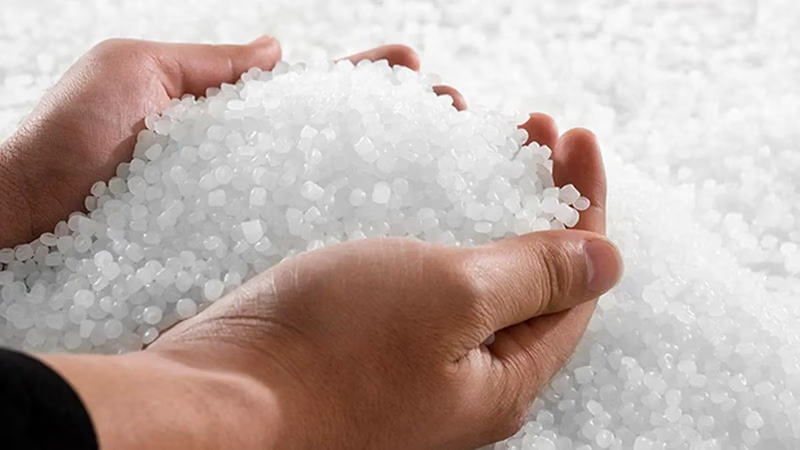
Polypropylene production facilities in the Middle East region.
Countries such as Saudi Arabia, Qatar, the United Arab Emirates, and Oman have made significant investments in petrochemical infrastructure and have become key players in the global petrochemical industry, including polypropylene production. The Middle East benefits from abundant and low-cost feedstock, primarily natural gas and crude oil, which are essential for the production of polypropylene. These countries have established large-scale petrochemical complexes and integrated refining and petrochemical facilities, leveraging their feedstock availability to produce a wide range of petrochemical products, including polypropylene.
The global polypropylene capacity is expected to see significant growth, potentially increasing from 97.65 million tonnes per annum (mtpa) in 2022 to 159.35mtpa in 2027. This represents an expansion of 63%. A total of 159 planned and announced polypropylene projects are expected to come online, predominantly in Asia, followed by the Middle East. Producers in Asia and the Middle East are encouraged to adopt a more global approach due to regional market dynamics. This is because markets have become more regional, with oversupply and weak demand in Northeast Asia (NEA) and Southeast Asia (SEA), logistics challenges, and tight supply with resilient demand in the West.
These points highlight the dynamic nature of the polypropylene market in West Asia and the strategic moves by producers in the region to navigate the global supply-demand landscape. There is an expected supply glut in China, which may affect the global market, including the Middle East. Middle Eastern refinery-based polypropylene plants are unlikely to reduce production, aiming to increase market share despite the oversupply. European polypropylene faces competition from imports, including those from the Middle East, due to increased availability of lower-cost material. In the US, polypropylene supply is expected to outpace demand, but propylene may see support from new polypropylene plants.
The United Arab Emirates is home to several petrochemical companies with polypropylene production capabilities. Companies such as Borouge (a joint venture between Abu Dhabi National Oil Company and Borealis) and Abu Dhabi Polymers Company (Takreer) have significant polypropylene production capacities in the country. Oman also has a presence in the polypropylene market through companies like Oman Oil Refineries and Petroleum Industries Company (Orpic), which operates a polypropylene production plant in Sohar.
By 2016, out of 4.7 million tons of poly-alefin (including polyethylene and polypropylene) produced in the Middle East, 23.4% is polypropylene. Mahshahr region with a production of 670 thousand tons, has been superrior from two regions of Assaluyeh and other regions with a total production of 435 thousand tons. Of the three Certification in this area, two are owned by Basell, one by BP and the other by A.B.B. One complex based in Assaluyeh is licensed under Basell and two complexes in other areas are licensed under Himont. The country's poly-alefin production capacity will reach about 10 million tons per year in the coming years.
Meanwhile, the increase in polypropylene was only 750,000 tons, which is also related to other regions. This means that Mahshahr and Assaluyeh will not have a share in the development of polypropylene. The share of this polymer in the total future capacity of poly-alephins produced in the country will decrease by 4.5% to 18.9%. Therefore, for the most up-to-date and accurate information on the current status of polypropylene production in West Asia (Middle East), it is recommended to refer to industry reports, market analyses, and updates from relevant sources and organizations.
Within Asia, China is leading with the largest capacity additions of 22.35mtpa from 51 planned and announced projects. The Middle East follows with a capacity of 8.62mtpa from 22 new-build planned and announced projects. The Asian polypropylene production expansion is set to meet unclear demand, with a total of 5.95 million mt/year new capacities expected to be brought online from the end of 2020 to the first half of 2021, including significant contributions from China. The Middle East is projected to be the second-highest region in terms of polypropylene capacity addition in the global polypropylene industry, growing at an average annual growth rate (AAGR) of 9.5% from 9.22 mtpa in 2018 to 14.80 mtpa in 2023.
Saudi Arabia is one of the leading producers of polypropylene in the Middle East. Companies like Saudi Basic Industries Corporation (SABIC) and Advanced Petrochemical Company have significant polypropylene production capacities in the country. SABIC, in particular, operates multiple polypropylene plants across Saudi Arabia. Qatar is another important player in polypropylene production. Qatar Petrochemical Company (QAPCO) and Qatar Chemical Company (Q-Chem) are key producers of polypropylene in the country. These companies have established joint ventures with international partners to expand their production capacities and cater to global markets.
-
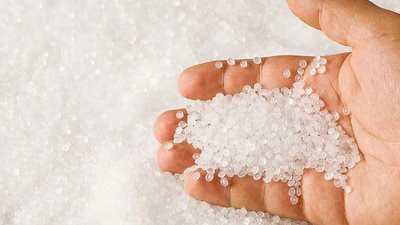
Polypropylene is a versatile thermoplastic polymer derived from propylene, known for its high strength-to-weight ratio, chemical resistance, and thermal stability. It is widely utilized across various industries, including automotive, packaging, and textiles. Its lightweight nature makes it ideal for applications requiring weight reduction, such as automotive parts and packaging materials. Polypropylene"s excellent clarity and impact resistance allow it to be molded into diverse shapes for containers and films. In textiles, polypropylene fibers are used to create durable non-woven fabrics and carpets due to their abrasion resistance and moisture-wicking properties. The polymerization process of propylene involves the Ziegler-Natta catalyst, resulting in an isotactic polymer with high crystallization potential. Polypropylene"s resistance to solvents, bases, and acids enhances its suitability for containers and pipes in aggressive environments. Its low moisture absorption compared to other polymers makes it advantageous for various applications.
Despite its low melt strength limiting some processing methods like blow molding, polypropylene"s high melting point ensures it retains shape under heat exposure. Additionally, its electrical insulation properties make it valuable in electronic components. "
-
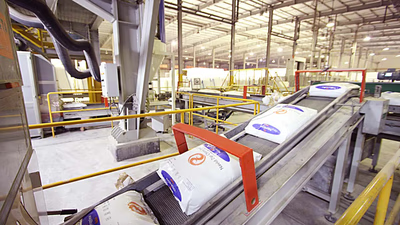
The Middle East is a leading producer of propylene, essential for polypropylene manufacturing, due to its abundant natural gas and petroleum resources. The region"s strategic location facilitates access to major markets in Asia and Europe, enhancing export logistics. Advanced catalysts and technologies have improved production efficiency, allowing for cost-effective polypropylene output. Countries like Saudi Arabia, Qatar, Oman, the UAE, and Iran are key players in this sector, with companies such as Saudi Aramco and Borouge leading production efforts. The growing demand for polypropylene driven by urbanization and industrialization in nearby regions like China and India further boosts capacity expansions in the Middle East. As these nations diversify their economies away from oil dependency, the petrochemical industry becomes increasingly vital. Investments in integrated petrochemical complexes enhance productivity and competitiveness while fostering a business-friendly environment through incentives for domestic and international investors. This strategic focus on petrochemicals positions the Middle East as a significant player in the global polypropylene market. "
-
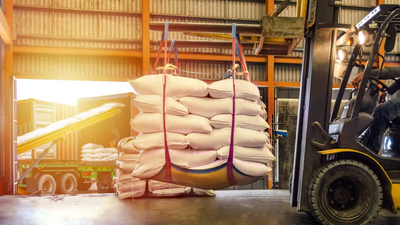
Karl Ziegler"s discovery of the Ziegler-Natta catalyst in 1951 revolutionized the production of polypropylene, enabling its commercial use by 1957. This polymer is known for its excellent mechanical properties, chemical resistance, and thermal stability, making it suitable for diverse applications such as packaging, textiles, and automotive components. The versatility of polypropylene has led to advancements in production technologies and the development of various grades tailored for specific industry needs. Recent trends emphasize recycling and sustainability, with innovations aimed at reprocessing post-consumer waste and creating bio-based alternatives. The global polypropylene market is projected to grow significantly, with a compound annual growth rate (CAGR) of 5. 78% from 2024 to 2029. The Asia-Pacific region is expected to lead in consumption due to high demand from countries like China and India. As industries continue to seek sustainable solutions, the focus on enhancing polypropylene"s properties through nanomaterials and advanced catalysts will likely shape its future applications.
-

Middle Eastern countries, notably Saudi Arabia, Qatar, the UAE, and Oman, have heavily invested in petrochemical infrastructure, positioning themselves as leaders in global polypropylene production. The region"s abundant and low-cost feedstock from natural gas and crude oil supports large-scale petrochemical complexes. Global polypropylene capacity is projected to grow significantly from 97. 65 million tonnes per annum (mtpa) in 2022 to 159. 35 mtpa by 2027, with a notable number of new projects planned primarily in Asia and the Middle East. Despite regional market challenges such as oversupply in Northeast and Southeast Asia, Middle Eastern producers are expected to maintain production levels to capture market share. Companies like Borouge and SABIC are key players in the UAE and Saudi Arabia respectively, contributing significantly to the region"s output. Oman also plays a role through Orpic"s production facilities.
The competitive landscape includes pressures from European imports and potential supply gluts from China affecting global dynamics. As the Middle East anticipates an increase in polypropylene capacity at an average annual growth rate of 9. 5%, it remains crucial for stakeholders to stay informed through industry reports for accurate insights into this evolving market. "
-
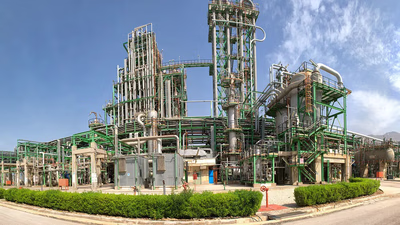
Polypropylene is produced in various grades, each tailored for specific applications based on molecular weight, mechanical properties, and processing methods. High molecular weight grades provide superior strength and toughness, while low molecular weight options enhance flow properties and ease of processing. Key grades include homopolymer PP, known for its high melting point and mechanical strength; random copolymer PP, which improves impact resistance; block copolymer PP, combining stiffness with enhanced clarity; and HMS-PP, designed for improved processability. Polypropylene can also be reinforced with fillers to boost its mechanical properties. Specialty grades are available for unique applications such as flame-retardant or UV-stabilized polypropylene. The choice of grade impacts cost-effectiveness without sacrificing performance, making polypropylene a versatile material across industries like automotive and packaging.
-
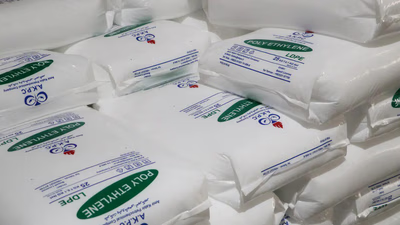
Polypropylene is a versatile polymer used across various industries due to its lightweight, durability, and chemical resistance. It can be molded into different forms such as fibers, films, and complex shapes through processes like injection molding and extrusion. Its high melting point and excellent electrical insulation properties make it suitable for automotive components, packaging materials, and electrical applications. In the automotive sector, polypropylene is utilized for bumpers, interior trim, and fuel systems due to its impact resistance and heat tolerance. The construction industry benefits from polypropylene"s chemical resistance in pipes, fittings, and insulation materials. Additionally, it finds applications in agriculture for greenhouse films and irrigation components. Polypropylene"s cost-effectiveness compared to other engineering plastics has led to its increased use in medical devices and furniture manufacturing. Its unique properties allow for the development of new grades that enhance performance across various applications.






